Anatolian Civilizations Museum
The Anatolian Civilizations Museum in Ankara tells a lot about the way Turkey looks at its past: plural, varied, multicolored. The first rooms are devoted to the Neolithicum, the Chalcolithicum, and the Early Bronze. Here you will see the finds from Çatalhöyük, one of the oldest agricultural sites in the world. And then: Kanesh – an Assyrian trade post in Central Anatolia. A meeting of cultures. And this remains a crucial theme. There’s the Early Hittite period, followed by the age of the Hittite Empire, both with a lot of attention to foreign influences. I loved the letter from an Egyptian to a Hittite queen. The Neo-Hittite states are dealt with, and Aramaic influences are duly noted. Most impressive is the set of reliefs from Karchemiš, which include a powerful Gilgameš: the hero of a Babylonian epic. When we reach the Phrygians and see the finds from the great tumulus of Gordium, the “tomb of Midas“, we again meet the Assyrians, because their texts seem to mention king Midas. (Perhaps this is incorrect, but that’s not my point.) Urartu is also dealt with in relation to its powerful southern neighbor. The Lydians are presented with their relations to the Greeks, and finally, you will see Greek and Roman objects in the basement.
Turkey’s past is pluriform.
History of Buildings

The Anatolian Civilizations Museum is in two Ottoman buildings located near Ankara Castle, in the Atpazarı district of Ankara. One of the buildings is Mahmut Paşa Bedesteni and the other one is Kurşunlu Han Bedesteni was built by Mahmut Paşa, one of prime ministers (vezirs) of Mehmet the Conqueror during 1464-1471. The building does not have any inscription. It is recorded in the sources that pure Angora garments were distributed here. The design of the building is of the classical type. There are 10 domes covering a rectangle designed to enclose the location, and there are 102 shops facing each other. According to the historical records and registry books, Kurşunlu Han was built as a foundation to finance Mehmet Paşa’s (Mehmet the Conqueror’s vezir) alms giving in Üsküdar, Istanbul. It does not have an inscription. During the repairs of 1946, coins of the Murat II period were discovered. The findings indicate that the Han [inn, caravansary] existed in the 15th century. The Han has the typical design of the Ottoman Period Hans. There is a courtyard and an arcade in the middle and they are surrounded by two-storey rooms. There are 28 rooms on the ground floor and 30 rooms on the first floor. The rooms have furnaces. There is a barn with an “L” type on the ground floor in the west and south directions of the rooms. There are 11 shops on the north side of the Han, 9 shops on the east side and 4 shops facing each other within the garden. The inn (Han) was built by Mehmet Pasha and in 1467 Mehmet Pasha was promoted to Prime Minister (head vezir). The vaulted bazaar was built upon the orders by Mahmut Pasha who kept his position until 1470. He had his mosque, soup kitchen and madrasa in Üsküdar and his body is buried there. These two buildings constituting the museum today were abandoned after the fire in 1881.
The History of the Museum
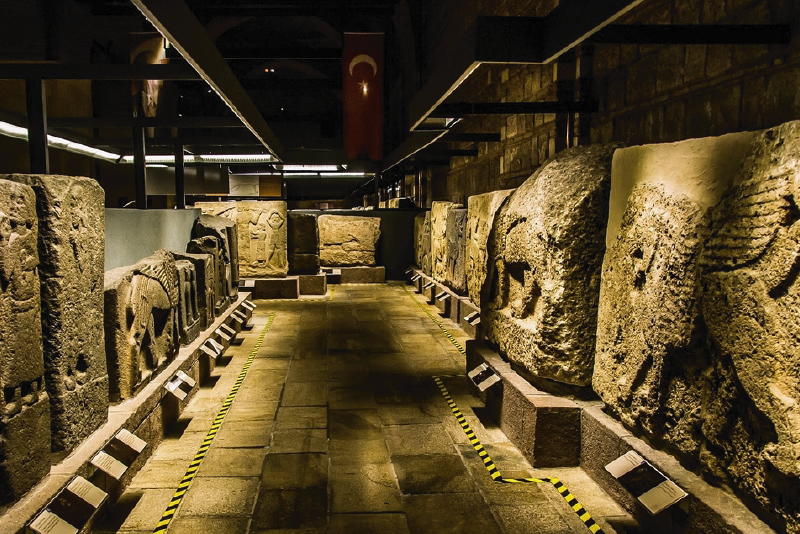
The first museum in Ankara was established by Mübarek Galip Bey, the Directorate of Culture, in 1921, in the section of the Castle of Ankara called Akkale. In addition to this museum, artefacts from the Augustus Temple and the Byzantine Baths were also collected. Upon the recommendation of Atatürk and from the view of establishing the “Eti Museum” in the centre, the Hittite artefacts from the region were sent to Ankara, and therefore, a larger museum was needed. The Director of Culture at that time, Hamiz Zübeyr Koşay, and the Minister of Education, Saffet Arıkan, recommended that the Mahmut Paşa Bazaar and the Inn be repaired and converted into a museum. This recommendation was accepted and the restoration continued from 1938 to 1968. Upon the completion of the bazaar repairs, where the domed structure is, a committee chaired by the German archaeologist H.G.Guterbock arranged the museum in 1940. In 1943, while the repairs of the building were still under progress, the middle section was opened for visitors. The repair projects of this part were carried out by the architect Macit Kural and upon the tender the repair work was performed by the architect Zühtü Bey. In 1948 the museum administration left Akkale as a storage house, and the museum was in four rooms of the Kurşunlu Han the repairs of which were completed. The restoration and exhibition projects of the part around the domed structure were prepared and applied by the architect İhsan Kıygı. Five shops were left in their original form but the walls between the shops were destroyed, and thus a large location was provided for exhibition. The museum building reached its present structure in 1968. The Kurşunlu Han has research rooms, a library, a conference hall, a laboratory and workshops. It has been used as an administration building, and the Mahmut Pasha Vaulted Bazaar has been used as an exhibition hall. The Anatolian Civilizations Museum, being among exceptional museums with its unique collection, has Anatolian archaeological artefacts and artefacts from the Palaeolithic Age to the present.
Anatolian Civilizations Museum Sections
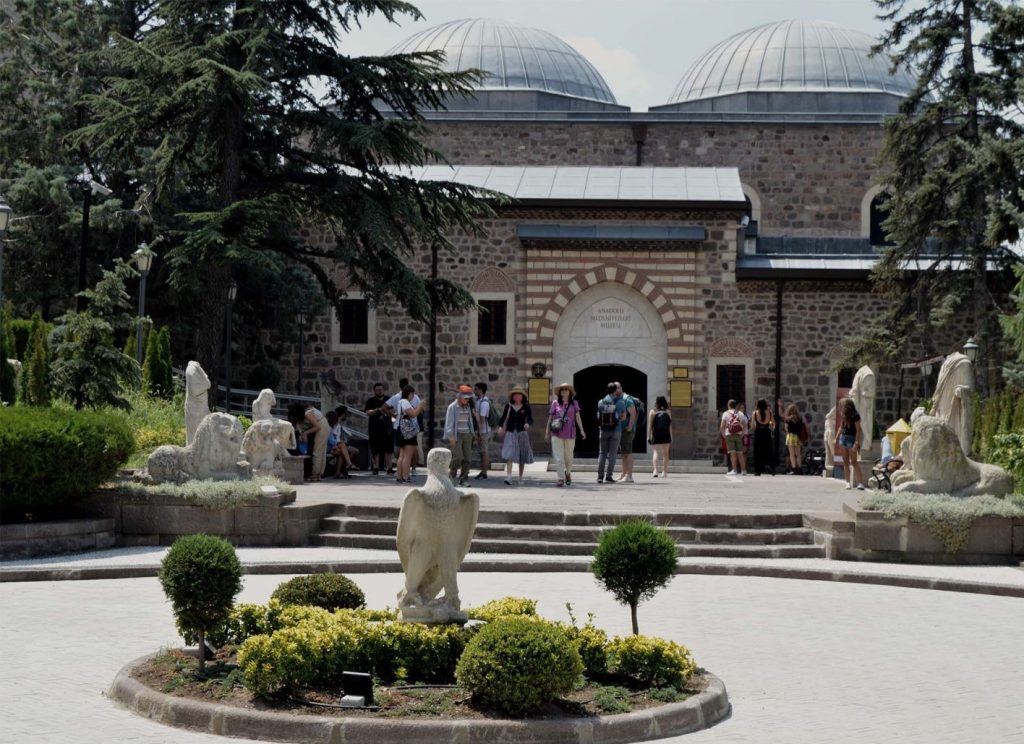
Anatolian Civilizations Museum reaching the present time with its historical buildings and its deeply rooted history was elected as the first “Museum of the Year” in Switzerland on April 19, 1997. The Museum of Anatolian Civilizations has eleven distinct sections, following a chronological order, filled with precious artifacts that shed light on Turkey’s ancient history. The first section features findings from the Paleolithic Age (before 8000 B.C.), including stone and bone tools used by hunter and gatherer communities that lived in caves. Neolithic Age (8000–5500 B.C) artifacts display the beginning of food production and settlements by the communities that lived in the era. Among the objects are sculptures of mother goddesses, stamps, earthenware, and tools made of bone.
Palaeolithic Age (….8000)
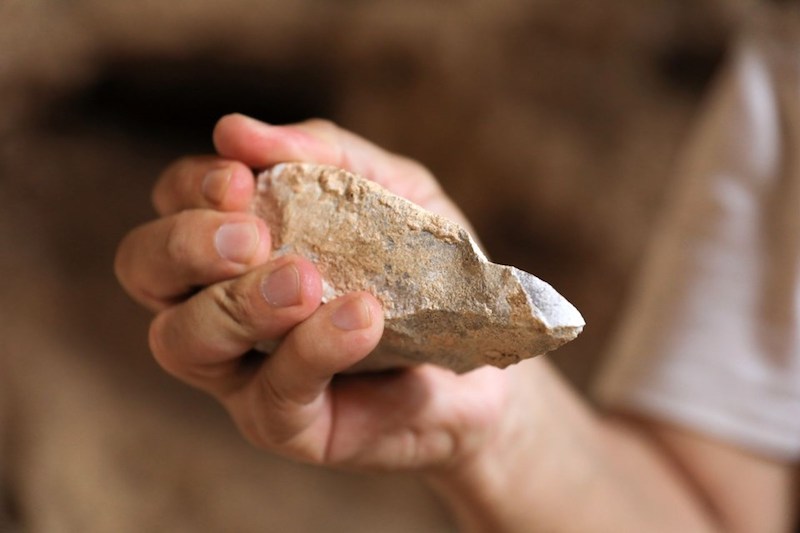
The Palaeolithic Age is represented by the remains discovered in the Antalya Karain Cave. The people of Palaeolithic Age were hunting and collecting communities living in caves. The stone and bone tools of the people of that Age are exhibited. The Paleolithic Age, which is also called Old Stone Age, started almost 2 million years ago and ended 12 000 years ago. However, it is necessary to note that those dates are valid in the world generally and are open to change locally. This era containing the very big part as 99% of the history of humanity, takes an important place in the mentioned historical evolution by containing the appearance of first human ancestors and representing the entrance to the process of becoming human by the way of the production of first tools
Neolithic Age (12000-5500)
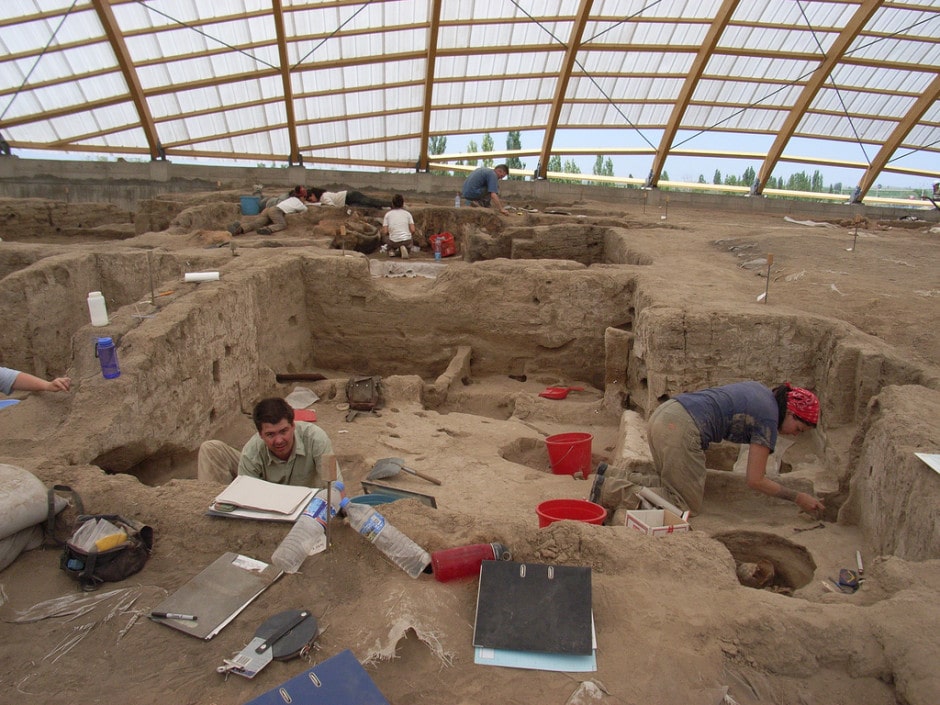
In the human history, the period that begins with food production and the establishment of first settlements is called the Neolithic Age. At the beginning of the era, the first period in which although people knew food production but the clay pots were not made yet, instead basket, wood and stone were used, is called the Akeramic Neolithic. This period which was found in only a few places in Anatolia, gives the first examples of settled villages with structures built according to a specific arrangement, stone and bone tools and guns and ornaments. You can see human and animal figurines, ornaments, bones, flint, and obsidian tools, as well as terracotta and stone vessels in this section. It is thought that the volcanic Hasan Mountain is depicted behind the village, which consists of quadrangular structures adjacent to each other, in the wall painting, which is the first city plan of the world in Çatalhöyük.
Calcolithic (Copper-Stone) Age (B.C. 5500-3000)
It is understood from the continuation of Hacilar, Canhasan, Kurucay settlements that the period called Chalcolithic Age, since copper started to be used in addition to stone tools is the continuation of late Neolithic. In this era, regional features are dominant like in Neolithic. Chalcolithic Age is examined in Early, Middle and Late periods. In addition to stone tools, copper was processed and used in daily life during this age, and rich remains dating from this Age which were discovered in Hacılar, Canhasan, Tilkitepe, Alacahöyük and Alişar are exhibited in the museum.
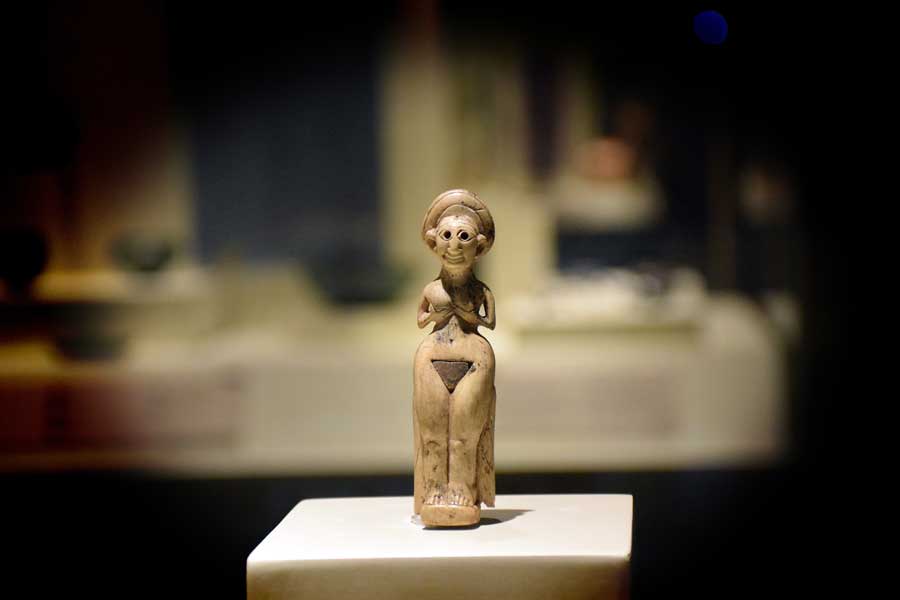
Old Bronze Age (B.C. 3000-1950)
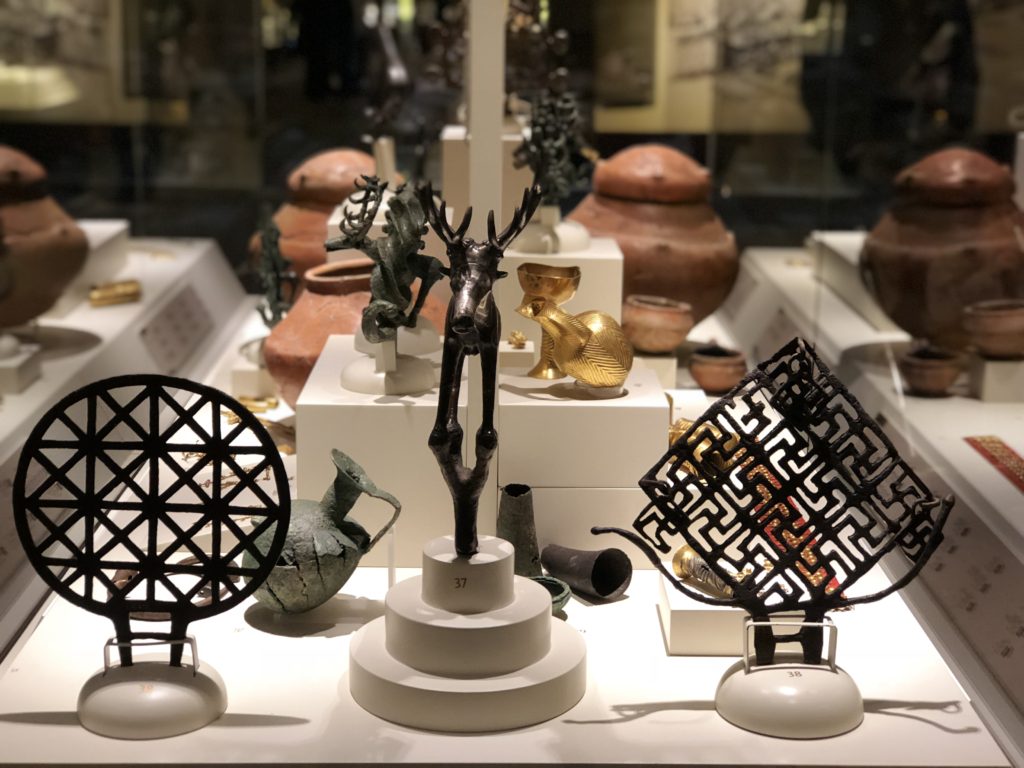
The people living in Anatolia in the beginning of the 3rd millennium B.C. added tin and alloy to copper and invented bronze. They also worked all metals of the age with casting and hammering techniques. Valuable metals, magnificent death presents discovered from royal tombs of Alacahöyük, ruins from Hasanoğlan, Mahmatlar, Eskiyapar, Horoztepe, Karaoğlan, Merzifon, Etiyokuşu, Ahlatlıbel, Karayavşan, Bolu, Beycesultan Semahöyük, and Karaz-Tilki Hill constitute the rich Old Bronze Age and are exhibited in the museum. The Bronze period begins around 3000 in Anatolia, around 2500 in the Aegean and Crete, around 2000 in Europe. Bronze is obtained by mixing copper and tin ( % 90 copper, % 10 tin). In this period apart from bronze tools other kinds such as copper, gold and electron, which is an alloy of natural gold and silver are also produced for using in religious ceremonies. The people in this period lived in cities surrounded with fortification walls. Houses are built in rectangular shapes on stone foundations with sun dried brick walls and. Agriculture, animal husbandry, merchandise and mine production are the means of life. Alacahoyuk, 67 km to Yozgat city and 3 hours away from Ankara is the most advanced settlement area in Anatolia from this period. The rich graves discovered here are in shapes of regular stone rooms. The dead is put in the centre of these rooms with gifts, in a posture that the knees are pulled up to the belly (hocker position). Sacrificed and presented during the ceremony, bull heads and feet are left on top of the roofs. Goats and sheep are also sacrificed. They might have been served to the attendants at the funeral. The graves are thought to be used for many generations. Most of the gifts are composed of gold, silver, electron, bronze objects and decorative items such as diadems, necklaces, hairpins, bracelets, earrings made of precious stones like amber, rock crystal, etc. Bronze and gold weapons, sun discs, deer and bull figurines, goddess statues of religious services are invaluable works of art discovered here. For the first time in this period do we find bronze spear heads in Anatolia. They resemble very much to their counterparts in Mesopotamia and Syria which is an interesting point. Another important place in the bronze age is Troy, Level 1. dated back to 2900-2500 BC. This first city in Troy, now partly unearthed is wrapped up with a 90 meter wall. Houses are in megaron type again and the entrances are from the narrow sides. Walls are stone and set in the herring bone pattern. Troy, Level 2. is dated back to 2500-2000 BC. It is built on top of Troy Level 1. The inhabitants of this level come from the Aegean and Balkans like those of the first level. It is also surrounded with walls but this time they are 20 meters longer. The expedition team uncovered a royal residence that belongs to a king on one of the hilltops. Heinrich Schlieman, the German businessman who dug the Trojan mound in 1870, discovered a treasury at this level of Troy 2. Knowing Homer’s Iliad by heart, he was in search of King Priamos’s treasury and for years he believed the treasury he had discovered at the site was so. In the last years of his life, however, he was going to learn that the treasury actually belonged to a different level, the level 2, thus, to a different time period
The Assyrian Colonies Period
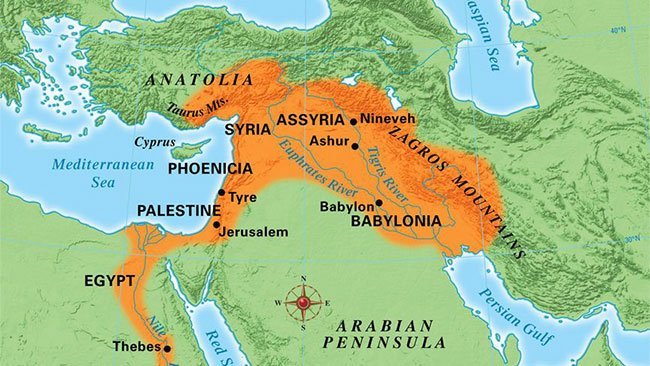
The start of this period is also the beginning of the written history in Anatolia and the Middle Bronze Age in Anatolia. During 1960 BC, the Old Assyrian State in North Mesopotamia established a developed trade system with Anatolia . In this period, feudal city Kingdoms consisting mostly of Neo Hattians were sovereign in Anatolia . Mesopotamians who knew the wealth of Anatolia since Akkad Age, established a wide and systematic commercial relationship with their Northern neighbours beginning with Assyrians. They brought their language, hieroglyph and cylinder seals which are foreign to Anatolia , with them. So, Anatolia entered to the written history eras since 1950 BC.
Hittites (B.C. 1750-1200)
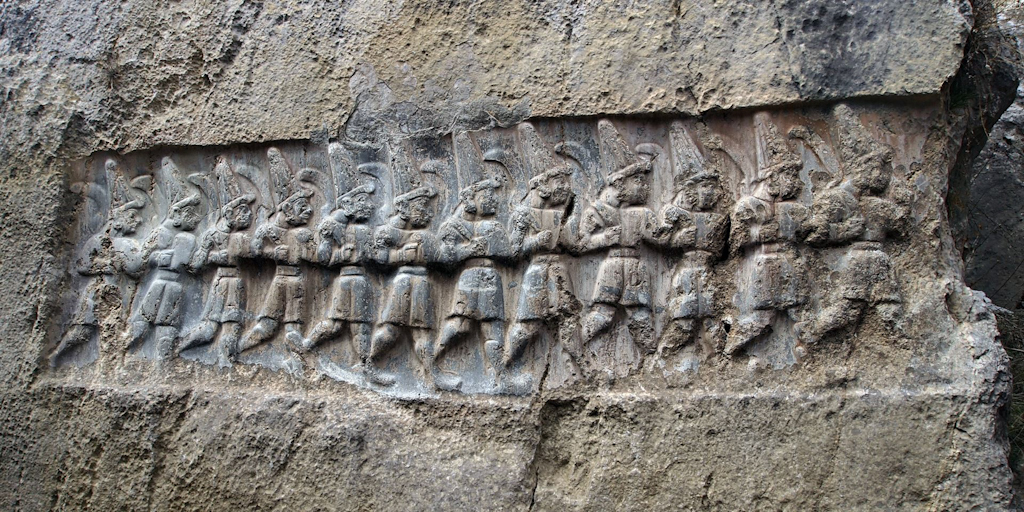
The first political union in Anatolia in the 2nd millennium was established by the Hittites in the Kızılırmak basin. The capital city was Boğazköy (Hattuşaş) and other important centres were İnandık, Eskiyapar, Alacahöyük, Alişar, and Ferzant. Embossed bull figure containers, earthenware artefacts, tablets of government archives, seals in the name of the king can be seen. According to written records, in the late Colony Age, Anitta, who is the son of Pithana established the first government of Anatolia administered by central system, by taking the first step of uniting the Hittites living in the form of city principalities. During 1200 BC, Aegean Migration attacks, coming from West, gave an end to Hittite Empire that lost its old power, and all the Hittite cities especially Bogazkoy were pillaged and burned by invaders. The Hittites, who escaped from those attacks, by moving to South and Southwest Taurus, lived the era of last Hittite principalities in the history. After that, it was not possible to establish a central Hittite Government, Hittite tradition had been endured until 700 BC which is the period at which it is erased from the history scene by the continuous attacks of Assyrians.
Phrygian (B.C. 1200-700)
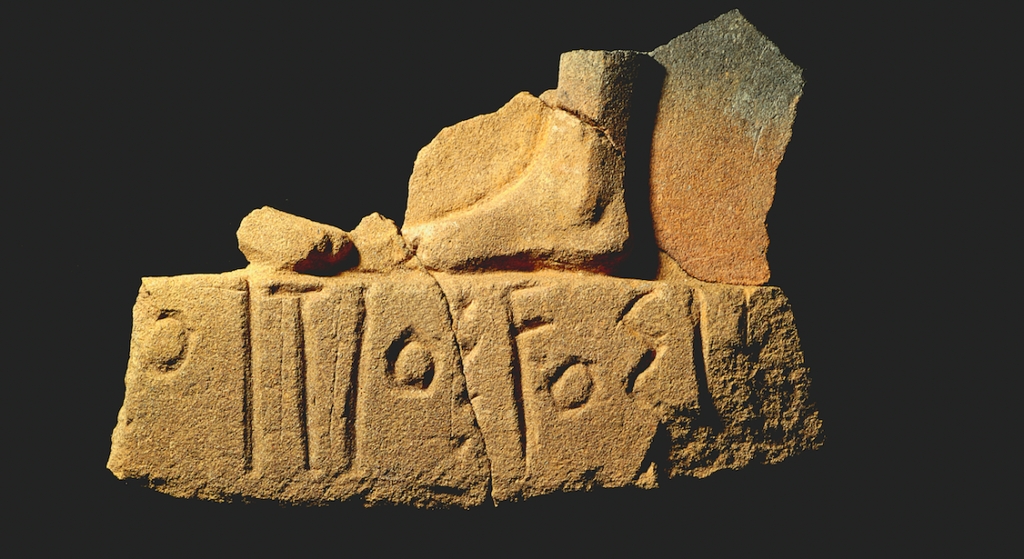
The Phrygians immigrated from the Balkans in the 1200s and acquired control over Anatolia, their centre was Gordion. Phrygians who entered into Anatolia with Aegean Migrations coming from Southeast Europe in the beginning of 12 th century BC, devastated almost all of the important cities of Anatolia and started to rule Anatolia slowly by destroying the Hittite Empire. The main settlement area of Phrygians was Sakarya region, Gordian being the centrum, Afyon, Kutahya and Eskisehir were parts of that region. The few inscription that they left shows that they used an Indian-European language. While Greek sources especially Heredot informs that they came from Macedonia as big and little Byrigeses, in the Assyrian sources Muskili Mita was mentioned. Generally, it is accepted that Mita and Midas were the same person, the Muskilies were Phrygians.
Urartu (B.C. 1200-600)
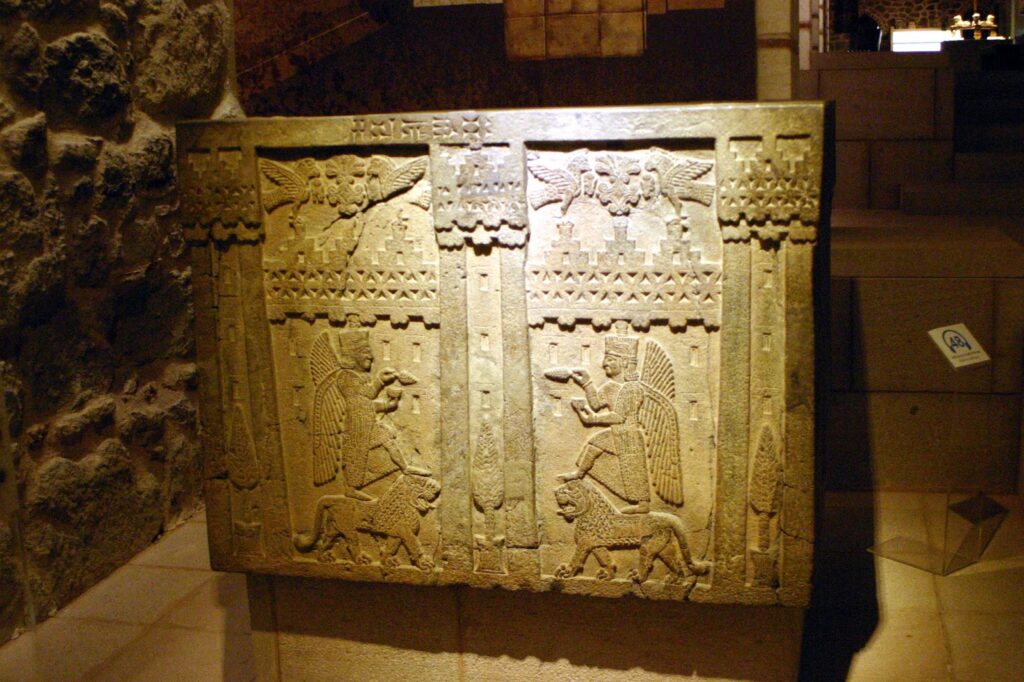
The Urartians established a state around Lake Van in 1000 BC. During the most powerful times of their state, the territories of Urartians spanned a wide area from the Urmiye Lake to Euphrates River Valley, from Gokcegol in the south of Kafkasia, Aras River Valley, the east shores of Black Sea to Musul, Halep, and Mediterranean. The land of Urartians consisted of plains, which were surrounded by high and rocky mountains, plateaus, narrow and deep valleys. Urartians, who had to adopt the difficult natural conditions of East Anatolia, were successful in agriculture and stock-breeding.The region of East Anatolia is appropriate for stock-breeding as well as having plains suitable for agriculture and rich mine resources. Mesopotamia people had noticed the natural wealth of that region for a long time. Because of that, that land was attacked many times by Assyrians. At the beginning of 1000 BC, Urartians were unified and established the Urartian State whose capital is today’s Van (Tusba) to prevent those attacks. The Urartu civilisation reached an advanced architecture and mining technology in centres like Altıntepe, Adilcevaz, Kayalıdere, Patnos, Van, Çavuştepe and lived during the same period as the Phrygians.
Late Hittites (B.C. 1200-700)
Upon end of the Hittite Empire, some Hittite communities established province states in south and south-east Anatolia, and the Late Hittites Principalities Period ensued. Malatya-Aslantepe, Kargamış, Sakçagözü are some important Late Hittites settlements. Our collections including Greek, Hellenistic, Roman and Byzantine Period artefacts from the 1st millennium, made of gold, silver, glass, marble, and bronze and coins represent exceptional cultural assets.
Lydians in Anatolia
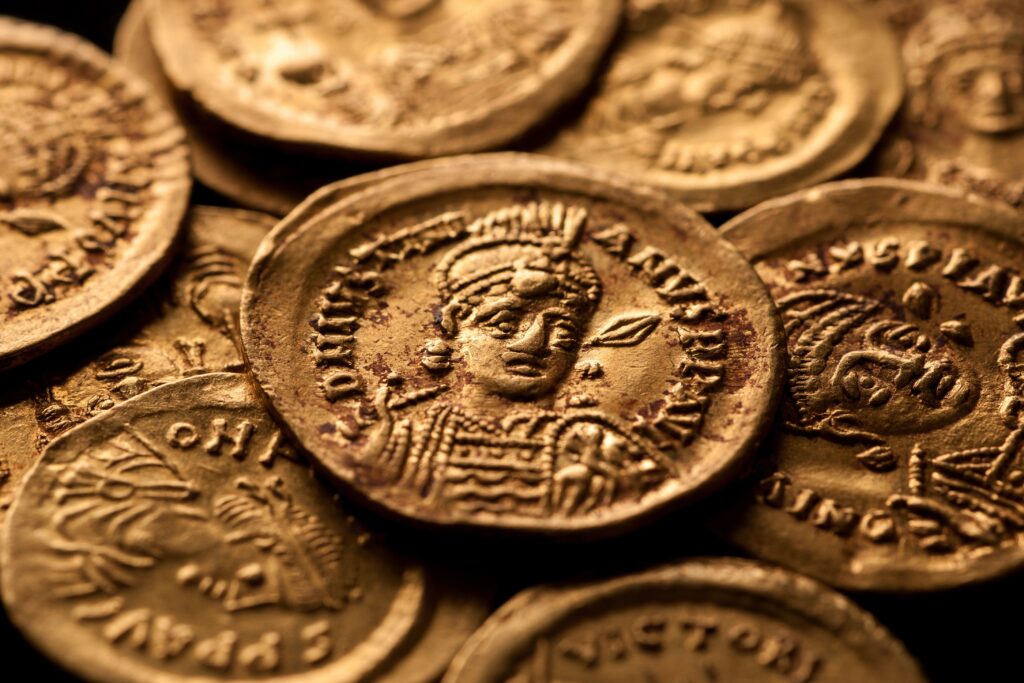
The fundamental of Lydian‘s art comes from the Bronze Age in which there were relationships, which is sometimes friendly and sometimes hostile, between their ancestors and Hittite Empire. Lydians made magnificent improvements in Iron Age especially from Gyges period to Croesus (about 685 BC to 547 BC) period containing the dynasty of Mermnad. Their country became the most powerful kingdom after the death of Midas, who was the King of Phrygians, by the Kimmer attack. Lydians preserved their language and culture but they become open to the relationships with East (Phrygians, Luwis, Meds and Persians) as well as with West (Greeks); they had diplomatic relationships with Egypt and Assyrians
Classical Age
There were major changes in Anatolia in the wake of the Aegean migrations, which took place at the end of the second millennium. This event brought about the fall of the Hittite Empire and in the first half of the lst millennium BC., Late Hittites, Urartians and Phrygians, who had established kingdoms in different areas of Anatolia, took over control. At the same period, the Greek people arrived in Western Anatolia, via islands, as a result of the disruptions caused by the Dorian Migrations. After settling in Western Anatolia, they unified with local people and established the foundations of the Ionian civilizations. In this way the first colony settlements were founded. This period is characterized by motifs drawn by compasses and is called the “PROTOGEOMETRIC AGE” (1100 – 950 B. c.). Then it is followed by the “GEOMETRIC AGE”, represented with the alteration of round shaped motifs into angular ones. The art, which has been always important in Ionia, had witnessed major developments, both in terms of architectural and sculptural characteristics, under the oriental influences. The foundations of giant temples were established in this period. The anatomical characteristics of the human body were worked out more realistically on the sculptural work in comparison with the ones from profogeometric or geometric ages.
Virtual Tour of the Anatolian Civilizations Museum
As the travel plans of so many of us collapsed with the spread of the coronavirus pandemic, the only possible way to visit the archaeological sites and museums is to go online and check which collections have already been digitized. In the case of Turkey, the Ministry of Culture and Tourism established Sanal Muze website that offers a 3D experience of some of the best-known state-run archaeological and ethnographic museums. The downside of this project is the fact that even though the museums offer descriptions of the exhibits, they are only available in Turkish at the moment. Click here to visit the Anatolian Civilizations Museum virtually
Best Trips to Anatolian Civilizations Museum
- Istanbul – Ankara – Cappadocia | 4 Days
- Istanbul – Ankara – Cappadocia | 6 Days
- Istanbul – Ankara – Cappadocia | 7 Days
- Asia Minor Western Promises | 7 Days
- Turkey Western Tour | 10 Days
- Turkey Western Tour | 8 Days
- Anatolian Legacy | 8 Days










